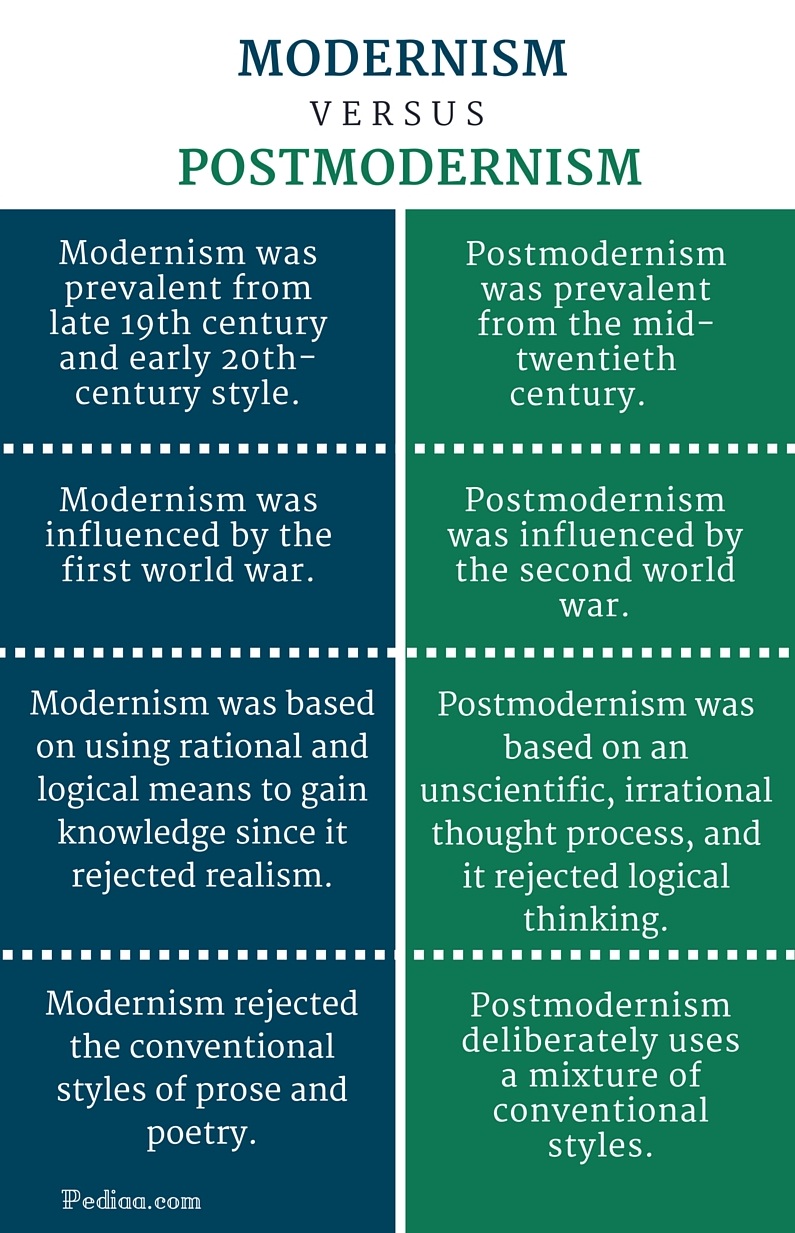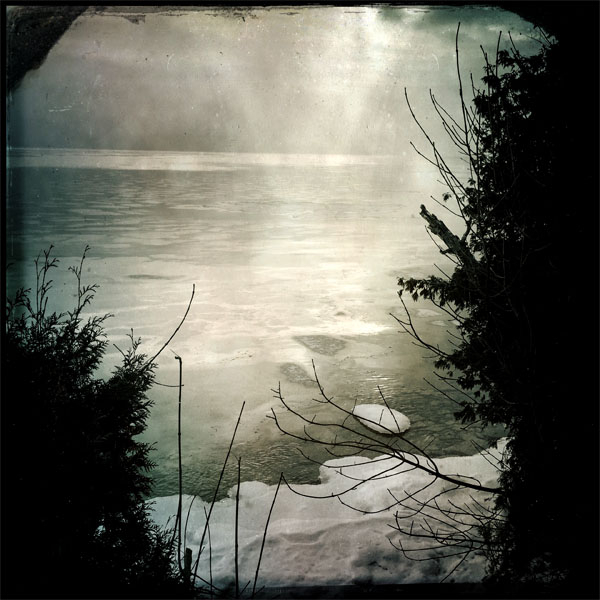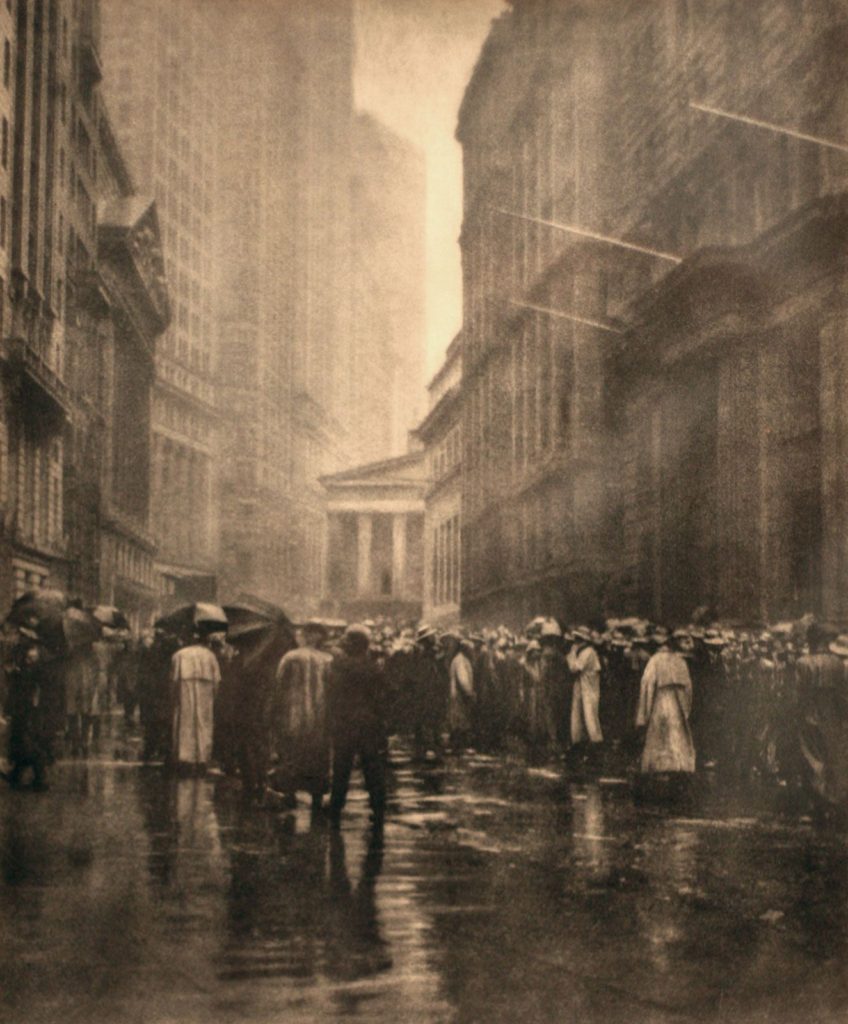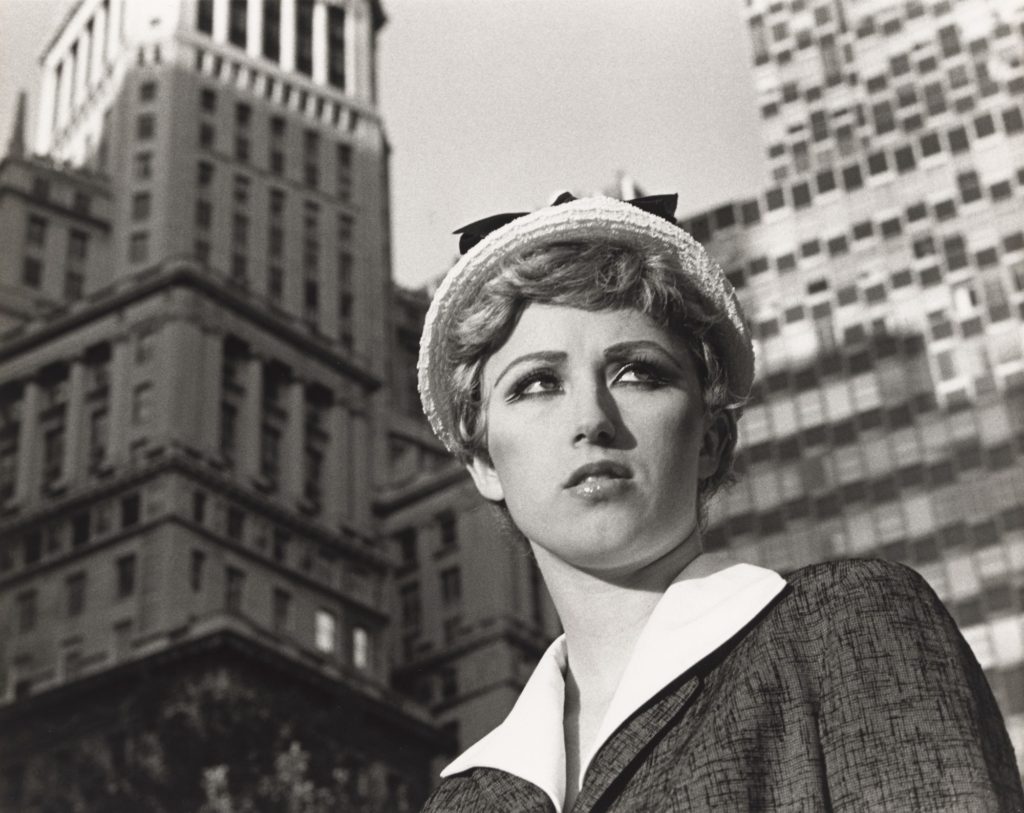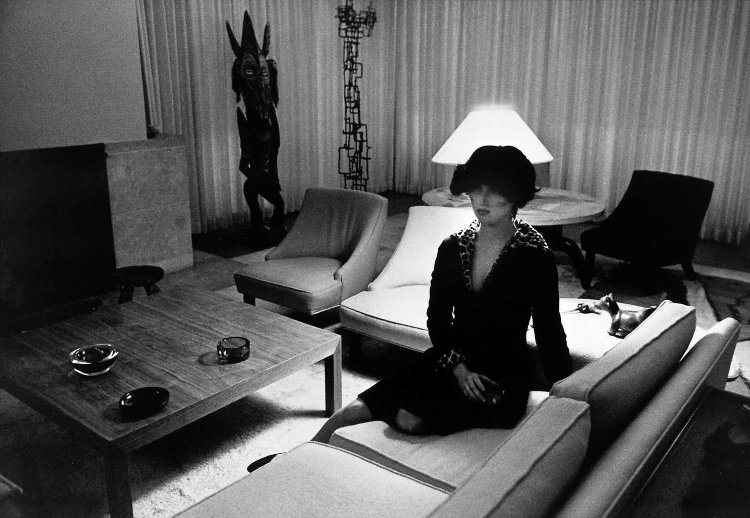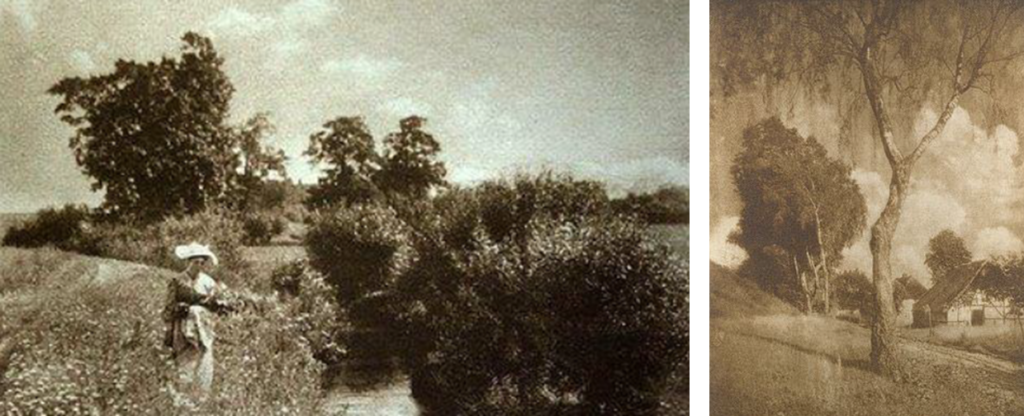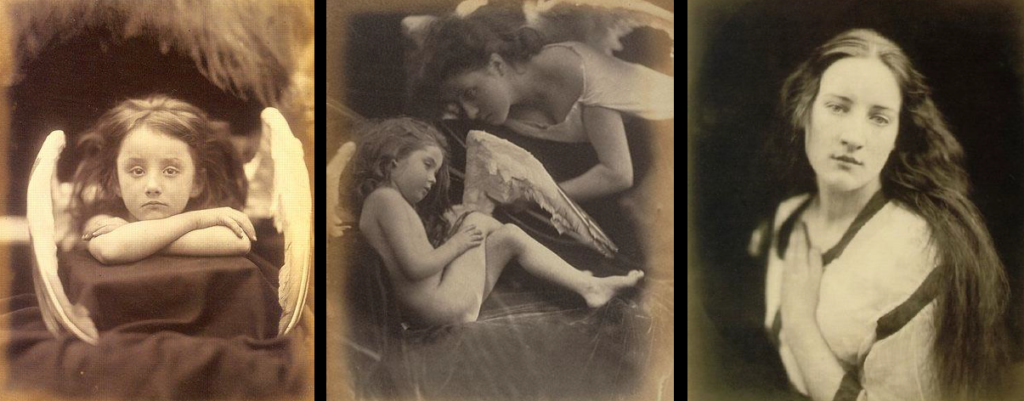Pictorialism
Time period; 1880 – 1920’s
Key characteristics/ conventions; Reacted against mechanization and industrialization, dismayed at increasing industrial exploitation of photography through commercialisation. Championed evocative photographs and individual expression, constructed images looking for harmony of matter, mind and spirit – subjective and spiritual motive. Pictorialism is an approach to photography that emphasizes beauty of subject matter, tonality, and composition rather than the documentation of reality. Images had a foggy, mystical-type quality of fantasy that highlighted the aesthetically pleasing elements of an image.
Influences; Allegorical paintings – figurative mode of representation conveying meaning other than the literal. Communicates through symbolic figures, actions or symbolic representation – the underling meaning has moral, social, religious or political significance.
Artists associated; Alfred Stieglitz (Equivalent; clouds study), Peter Henry Emerson, Hugo Henneberg, George Davidson (Reflections 1899), Charles Job (Pulborough Bridge), Alvin Landon Coburn, Henry Peach Robinson, F. Holland Day, Robert Demachy, Edward Steichen.
Key works; Alfred Horlsey Hinton (Fleeting and Far 1903), George Davidson (Reflections 1899), Joseph Gale (Cottage Garden 1890), H P Robinson (He Never Told His Love 1884), Alfred Stieglitz (Equivalent; clouds study).
Methods/ techniques/ processes; Making photographs that resembled paintings, manipulating images in the darkroom, scratching and marking their prints to imitate the texture of the canvas, using soft focus, blurry or fuzzy imagery based on allegorical and spiritual subject matter. Photographers smeared Vaseline onto their camera lens to create a dream-like effect over their images, making them look like hand-made art.
Allegorical Paintings
An allegory is the description of a subject in the guise of another subject. An allegorical painting might include figures emblematic of different emotional states of mind – for example envy or love – or personifying other abstract concepts, such as sight, glory, beauty, Revolution, or France. These are called allegorical figures. The interpretation of an allegory therefore depends first on the identification of such figures, but even then the meaning can remain elusive. Allegorical subjects were frequently painted from the Renaissance until around 1800, although they were probably most often used in medals and engraved frontispieces to books. Single allegorical figures were also painted, sometimes in series, each figure representing, for example, one of the Liberal Arts or the Virtues.
Pictorialism Photography
Straight Photography/ Realism
Time period; Began in 1915
Key characteristics/ conventions; Photographers believed in the intrinsic qualities of the photographic medium, making use of its ability to provide accurate and descriptive records of the visual world. These photographers strove to make pictures that were ‘photographic’ rather than ‘painterly’, they did not want to treat photography as a kind of monochrome painting. They abhorred handwork and soft focus and championed crisp focus with a wide depth of field. Realism, which is closely associated with Straight Photography, has claims of having a special relationship with reality and it’s premise, that the cameras ability to record objectively the actual world as it appears in front of the lens was unquestioned. The key characteristic of this style was to reflect a person/landscape/object with complete honesty and ‘realism., without heavy editing or manipulation.
Influences; Social Reform Photography – he rural poor or the urban environment were not subjects for Pictorial photographers. But when a Danish immigrant, Jacob Riis, published his book ‘How the Other Half Lives’ about the slums of Manhattan, a new kind of realism was born with a socialist dimension. A number of photographers such as Dorothea Lange and Lewis W Hine began to document the effects of industrialisation and urbanisation on working-class Americans. This work influenced what we now call photojournalism.
Artists associated; Walker Evans (1903-1975) was often considered to be the leading American documentary photographer of the 20th century. He rejected pictorialism and wanted to establish a new photographic art based on a detached and disinterested look. His most celebrated work is his images of three Sharecropper families in the American South during the 1930’s depression. Paul Strand, Jacob Riis, Dorothea Lange.
Key works; Frederick Henry Evans; ‘A Sea of Steps’, Wells Cathedral, Steps to Chapter House (1903). Paul Strand; Bowls (1917), Ansel Adams; Monolith, the Face of Half Dome (1927), László Moholy-Nagy; Funkturm Berlin (Berlin Radio Tower, 1929), Manuel Alvarez Bravo; Ladder of Ladders (1931).
Methods/ techniques/ processes; Straight photographers visualized the image before taking the photo. Edward Weston defined this term in 1921 and stated: “Get your lighting and exposure correct at the start and both the developing and printing can be practically automatic.” The aim is to create an image which is not manipulated, either in the taking of the image or by darkroom or digital processes, but sharply depict the scene or subject as the camera sees it.
Straight Photography
Modernism
Time period; 1900-1960’s
Key characteristics/ conventions; Some things that were questioned in modernist photography, art and literature is what is the difference between wrong and right, what will America’s future be, what is truth, and what does it mean to be an American. One of the major changes in the modernist era is a break from tradition which focuses on being bold and experimenting with new style and form and the collapse of old social and behavioural norms. Practitioners of each new style were determined to develop a visual language that was both original and representative of the times.
Influences; Modernists drew inspiration from the philosophical investigations of 19th century writers, in addition to experimental forerunners in their own mediums. An investigation into the key areas of Modernism reveals influences among a variety of 19th and early 20th century thinkers and artists. The American poet Walt Whitman revolutionized the concept of poetic form, and his “Leaves of Grass” served as a foundational text for Modernist poetry. French writer Arthur Rimbaud inspired Modernists with his symbolic poems and unconventional, obscene subject matter.
Artists associated; Alfred Stieglitz, Dora Maar, Edward Steichen, André Kertész, Man Ray, Otto Umbehr (Umbo), Walker Evans, Iwao Yamawaki, Hannes Meyer, Richard Neutra, Paul Strand, Tina Modotti.
Key works; Salvador Dali (Metamorphosis of Narcissus), Raoul Haussmann (The Art Critic), Wall Street (1915), Abstractions (Twin Lakes, Connecticut 1916), Blind (Paul Strand 1916), The Steerage (Alfred Stieglitz), Workers Parade (Tina Modotti 1926).
Methods/ techniques/ processes; Although many different styles are encompassed by the term, there are certain underlying principles that define modernist art: A rejection of history and conservative values (such as realistic depiction of subjects); innovation and experimentation with form (the shapes, colours and lines that make up the work) with a tendency to abstraction; and an emphasis on materials, techniques and processes. Modernism has also been driven by various social and political agendas. These were often utopian, and modernism was in general associated with ideal visions of human life and society and a belief in progress.
Modernism Photography
Post-Modernism
Time period; Began during 1960’s/1970’s
Key characteristics/ conventions; Postmodernism can be seen as a reaction against the ideas and values of modernism, as well as a description of the period that followed modernism’s dominance in cultural theory and practice in the early and middle decades of the twentieth century. The term is associated with scepticism, irony and philosophical critiques of the concepts of universal truths and objective reality. While modernism was based on idealism and reason, postmodernism was born of scepticism and a suspicion of reason. It challenged the notion that there are universal certainties or truths. Postmodern art drew on philosophy of the mid to late twentieth century, and advocated that individual experience and interpretation of our experience was more concrete than abstract principles. While the modernists championed clarity and simplicity; postmodernism embraced complex and often contradictory layers of meaning.
Influences; Jacques Lacan (1901–1981), was a prominent French psychoanalyst and theorist. His ideas had a huge impact on critical theory in the twentieth century and were particularly influential on post-structuralist philosophy and the development of postmodernism. Lacan re-examined the psychiatry of Sigmund Freud, giving it a contemporary intellectual significance. He questioned the conventional boundaries between the rational and irrational by suggesting that the unconscious rather than being primitive, is just as complex and sophisticated in its structure as the conscious. He proposed that the unconscious is structured like a language which allows a discourse between the unconscious and conscious and ensures that the unconscious plays a role in our experience of the world.
Artists associated; William Eggleston, Cindy Sherman, Jeff Wall, Guy Bourdin, Goran Sekulovski, Lee Friedlander, Andreas Gursky, Jacky Redgate, Robyn Stacey, Yasumasa Morimura.
Key works; Untitled Films Stills (Cindy Sherman), Ice (Robyn Stacey 1989), A requiem: spinning a thread between the light and the earth 1946 (Yasumasa Morimura), Campbells Tomato Juice Box (Andy Warhol).
Methods/ techniques/ processes; Its main characteristics include anti-authoritarianism, or refusal to recognize the authority of any single style or definition of what art should be; and the collapsing of the distinction between high culture and mass or popular culture, and between art and everyday life. Postmodern art can be also characterized by a deliberate use of earlier styles and conventions, and an eclectic mixing of different artistic and popular styles and mediums.
Postmodern Photography
Further Information
